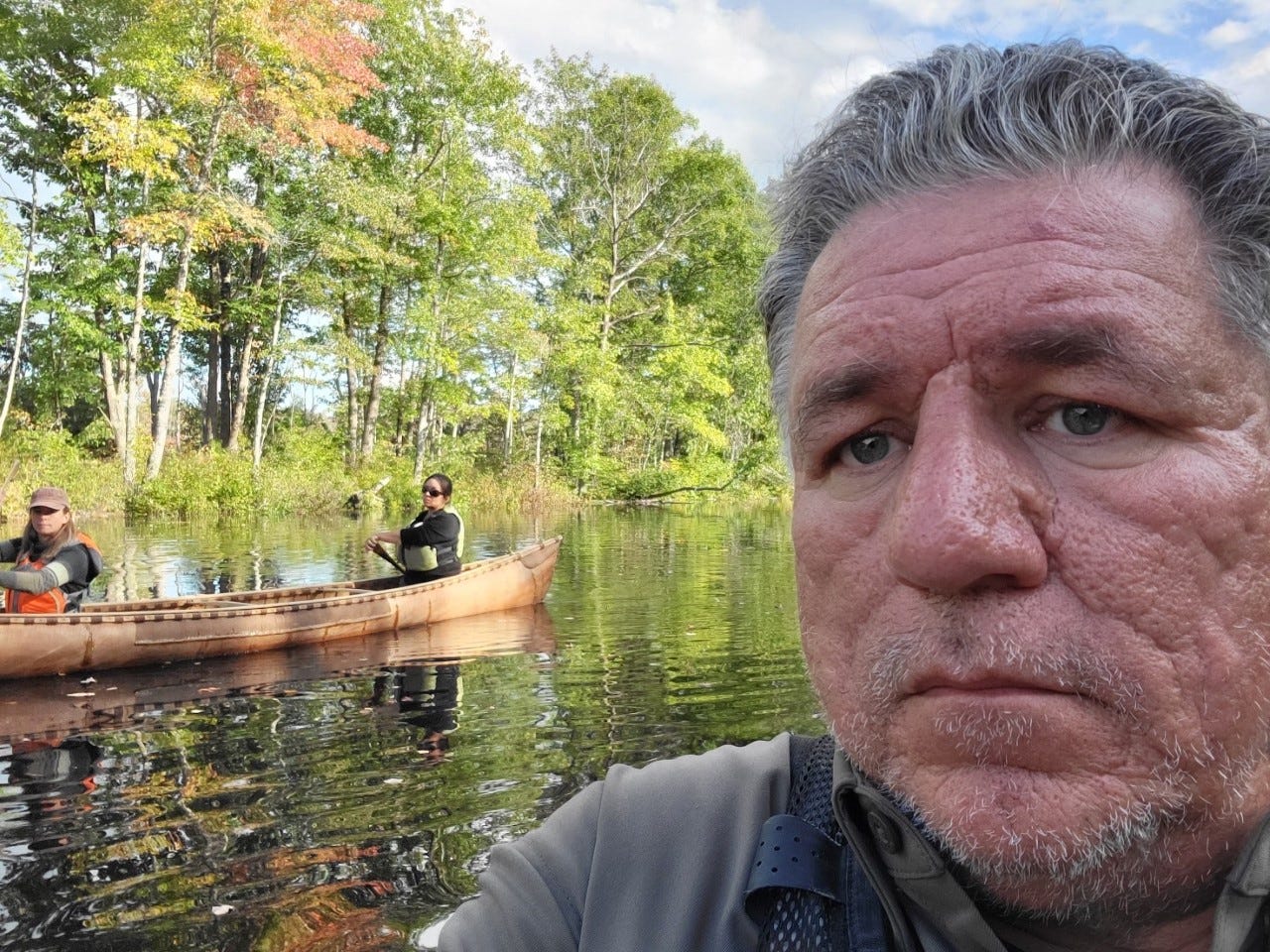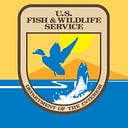American Indians and Conservation Artist Series Featuring James Francis
Earlier this year (2021), the U.S. Fish and Wildlife Service Museum and Archives commissioned three Indigenous artists to create contemporary art for its permanent museum collection. Each of the artworks will be featured in the museum exhibit, American Indians and Conservation, which is scheduled to open in late 2022 at the Service’s National Conservation Training Center in Shepherdstown, West Virginia.
Follow along the blog series to learn about the individual artists and their creation that will be an integral part of the upcoming American Indians and Conservation exhibit.
Meet James Francis of the Penobscot Nation in Maine!


What inspired you to be an artist?
James: “I’ve always drawn and painted from when I was very young. But in the mid-1990s, I was a single parent raising a daughter and I was very low on money and was still a college student. I decided that I would draw a tree that represented my family. All my aunts and uncles, women on the left, men on the right, as branches on the trees and their children off of those branches. The makeup of the branches dictated what the tree looked like. I drew this tree and made copies of it for everyone as Christmas gifts. It was at that point that Family Tree Graphics [James’s business] was born. I began to provide designs for my parents, who ran Penobscot Indian Arts, T-shirt designs, gift card designs, over 80 greeting card designs. But that helped support me as a single parent for many years and supplemented my income. I attended the University of Maine Intermedia Master of Fine Arts program. My arts almost exclusively work in the realm of culture of their [his parents] homeland. In addition to painting, I also write, sculpt, am a photographer, a graphic designer.”
What art medium did you use?
James: “Acrylic paint on canvas.”
What inspired you to create this painting?
James: “In the first decade of the 2000s, the Penobscot Nation entered into an agreement with seven agencies including the federal government, state government, and NGOs to begin what is known as the Penobscot River Nation Trust. Beginning in 2012, they began removing dams out of the Penobscot watershed. And also installing modern fish passage devices and other dams. This project has opened Tribal waters to sea-run fish [such as salmon]. In fact, there’s a dam with a fish elevator where they can count the fish that run into reservation waters. That project really inspired this piece of work — welcoming home the salmon in the painting. And the fishing spear is the cultural connection between Penobscot and the salmon. Each dot that I painted represents one salmon that was able to go into the Penobscot watershed.”
What is the significance of the painting?
James: “Any of the sea-run fish are important to us. The trickle-down effect of the eagle population and the osprey is boosted. I chose salmon because culturally, it’s a very important fish to us and our river.”
Why does conservation matter to you?
James: “Conservation is probably the closest concept to the way I view the natural world. In a Penobscot world view, Klooscap, our cultural hero, shot an arrow into an ash tree. That ash tree split open creating all the animals of our homeland, including people. This creation story highlights our world views in that, unlike Western European traditions, we as people do not place ourselves on top where everything below us, all the other creatures, are at our disposal. We were created at the same time and there is a level of respect that is forwarded to every creation. Our role in the environment or the ecology is no different than the role of the salmon, of the bear, of the moose. We are a player within that environment. We don’t dictate it. We are just a part of it. Conservation as a concept is as close to that as you can get. Preservation is a very overt act. You are doing something to preserve something. Conservation in my mind is not that overt. It still has people’s hands in it. For me, letting nature be how nature is supposed to be is the ultimate place to go.”

Written by James Francis, Mikaela Oles, and Steve Floray with contributions from Melissa Castiano, Melissa Gonzalez
